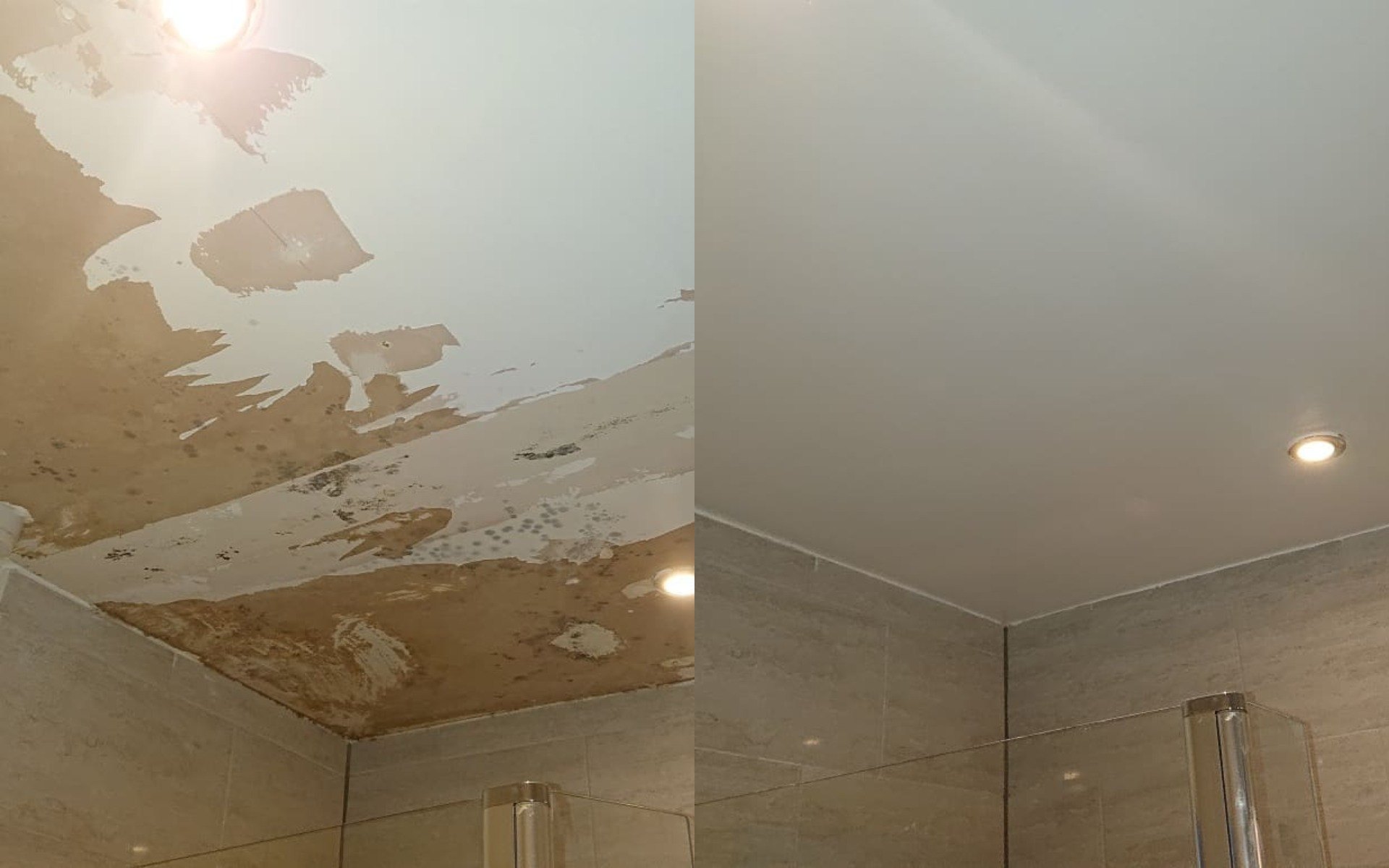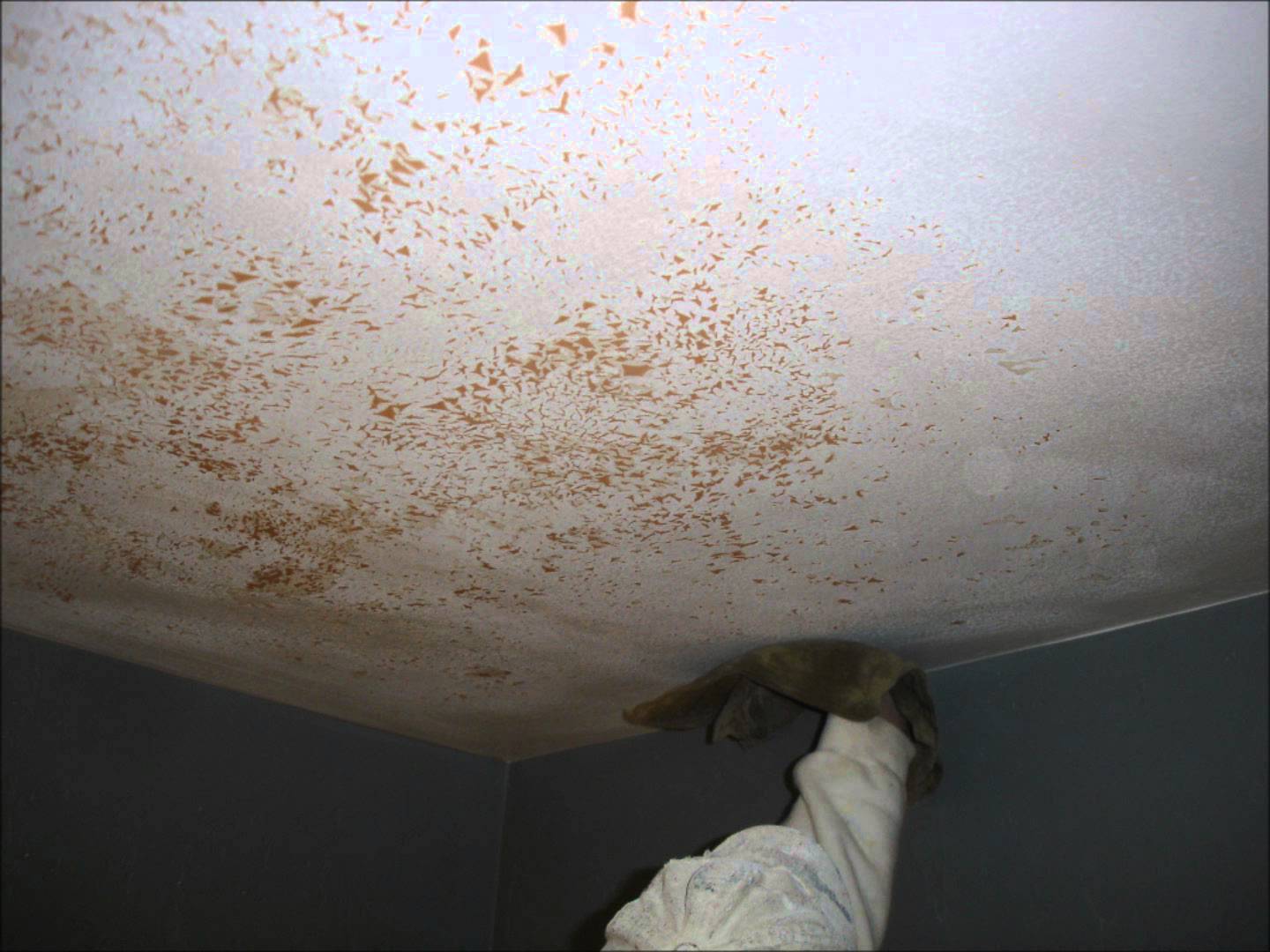Understanding the Causes of Paint Peeling in Bathrooms

Paint peeling in bathrooms is a common problem that can be frustrating and unsightly. It’s often caused by the unique environment of bathrooms, which are prone to high humidity, moisture, and condensation. This can lead to paint deterioration and ultimately, peeling.
High Humidity, Moisture, and Condensation
Bathrooms are naturally humid environments due to showers, baths, and other water-related activities. This high humidity creates an ideal breeding ground for mold and mildew, which can damage the paint and cause it to peel. Moreover, the constant presence of moisture weakens the paint’s adhesive properties, making it more susceptible to peeling. Condensation, which forms on surfaces when warm, moist air comes into contact with cooler surfaces, can also contribute to paint peeling. This moisture can seep into the paint, causing it to bubble and flake off.
Poor Ventilation and Lack of Proper Sealing
Adequate ventilation is crucial for maintaining a healthy bathroom environment. Poor ventilation traps moisture, increasing humidity levels and accelerating paint peeling. The lack of proper sealing around windows, doors, and plumbing fixtures can also lead to paint peeling. Cracks and gaps in the sealant allow moisture to seep behind the paint, creating a breeding ground for mold and mildew, and weakening the paint’s adhesion.
Water Damage and Leaks
Water damage and leaks are significant contributors to paint peeling in bathrooms. Leaks from pipes, faucets, or showers can saturate the walls and ceilings, damaging the paint and causing it to peel. The constant presence of moisture weakens the paint’s adhesive properties, making it more susceptible to peeling.
Preparing the Bathroom for Paint Repair: How To Stop Paint Peeling In Bathroom
Before you can start applying new paint, you need to properly prepare the bathroom surface. This involves removing loose paint, cleaning the surface, and filling in any cracks or holes. These steps ensure a smooth and even surface for the new paint to adhere to, leading to a long-lasting and beautiful finish.
Removing Loose Paint and Cleaning the Surface, How to stop paint peeling in bathroom
Removing loose paint is crucial for a successful paint repair. This can be done using a scraper or a wire brush.
* Scraper: A scraper is ideal for removing large flakes of paint. Hold the scraper at a 45-degree angle and gently scrape away the loose paint.
* Wire Brush: A wire brush is helpful for removing paint from textured surfaces or areas where a scraper can’t reach. Use a wire brush with stiff bristles and gently scrub the surface to remove the loose paint.
After removing loose paint, it’s important to clean the surface thoroughly. This removes any dirt, grease, or mildew that can interfere with the paint’s adhesion.
* Cleaning Solution: Use a mild detergent and water solution to clean the surface. Avoid harsh chemicals that can damage the underlying surface.
* Rinsing: Rinse the surface thoroughly with clean water to remove all traces of the cleaning solution.
* Drying: Allow the surface to dry completely before proceeding to the next step.
Filling in Cracks and Holes
Cracks and holes in the bathroom surface can cause the new paint to crack or peel prematurely. It’s essential to fill these imperfections before painting.
* Filler Material: Choose a filler material that is suitable for the type of surface you are working with. For example, spackle is ideal for small cracks and holes in drywall, while epoxy putty is better for larger cracks and holes in concrete.
* Applying the Filler: Apply the filler according to the manufacturer’s instructions. Use a putty knife to spread the filler evenly over the cracks or holes.
* Smoothing the Surface: Once the filler is dry, use sandpaper to smooth the surface and create a seamless transition with the surrounding area.
Sanding the Surface
Sanding the surface before painting ensures a smooth and even finish. It helps the new paint adhere better and creates a more professional-looking result.
* Sandpaper Grit: Choose sandpaper with a grit appropriate for the surface you are sanding. For example, use a coarse grit sandpaper to remove any rough spots or uneven areas, and a fine grit sandpaper to smooth the surface before painting.
* Sanding Technique: Use a sanding block or a sanding sponge to sand the surface. Sand in a circular motion, applying even pressure.
* Dust Removal: After sanding, use a damp cloth or a vacuum cleaner to remove any dust particles.
Applying Paint and Sealants for Long-Lasting Results

Now that you’ve prepped your bathroom walls, it’s time to choose the right paint and apply it with care. This step is crucial for a long-lasting finish that can withstand the unique challenges of a bathroom environment.
Choosing the Right Paint
Selecting the appropriate paint for your bathroom is vital, as it must be resistant to moisture and mildew, common culprits behind paint peeling. Here are some key factors to consider:
- Moisture-Resistant Paint: This type of paint is formulated to withstand high humidity levels and prevent moisture from seeping into the wall. Look for paints labeled as “moisture-resistant,” “bathroom paint,” or “kitchen and bath paint.”
- Mildew-Resistant Paint: Mildew thrives in damp environments, so opting for mildew-resistant paint is crucial. These paints often contain antimicrobial agents that inhibit mildew growth. Check the label for “mildew-resistant” or “anti-fungal” properties.
- Acrylic Latex Paint: This popular choice for bathrooms is water-based, dries quickly, and provides excellent durability. It also offers good adhesion and flexibility, allowing it to expand and contract with temperature changes, minimizing cracking.
- Epoxy Paint: For areas prone to extreme moisture, such as shower stalls or tubs, consider epoxy paint. It forms a hard, non-porous surface that resists water, mildew, and stains. However, it’s more expensive than acrylic latex paint and requires a specialized application process.
Applying Primer
Primer is an essential step in achieving a smooth, durable paint finish. It helps create a strong bond between the paint and the wall, preventing peeling.
- Choose the Right Primer: Select a primer specifically designed for bathrooms. Look for “alkyd primer” or “oil-based primer” as these offer better moisture resistance.
- Apply Primer Evenly: Use a brush or roller to apply a thin, even coat of primer to the entire surface. Allow it to dry completely before proceeding with the paint.
- Pay Attention to Problem Areas: Apply an extra coat of primer to areas that are prone to moisture, such as around the shower or tub. This helps create a barrier against water damage.
Applying Paint
Multiple coats of paint are essential for optimal coverage and protection.
- Thin Coats: Apply thin, even coats of paint. Too much paint can lead to drips and uneven coverage.
- Allow Drying Time: Follow the manufacturer’s instructions for drying time between coats. Typically, 24 hours is recommended for complete drying.
- Sand Between Coats: Lightly sand the surface between coats to create a smooth, even finish. This helps the subsequent coats adhere better.
